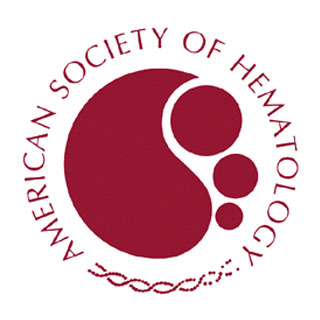
HSPCs are alleged to be potent cells that appear to encompass the capability to regenerate and develop into several diverse types of cells. With progress in technologies and comprehension of cell functions, HSPCs can now be applied to mend impaired tissue and are being examined for their possibility to treat an enormous range of chronic and degenerative conditions. HSPCs are thought to be discovered in elevated amounts in the bone marrow, but a specific segment called extramedullary tissue, seen outside of bone marrow, apparently flows between the marrow and the peripheral blood.
Lead author Gou Young Koh, MD, PhD, of the Department of Biological Sciences, Korea Advanced Institute of Science and Technology (KAIST) in Daedeok Science Town, Daejeon, South Korea, commented, “It’s not outside the realm of possibility that a donor graft of adipose tissue-derived HSPCs might be able to partially replace the need for bone marrow transplantation within 10 years.”
In this research, scientists assumed that the adipose tissue could be a vital different basis of HSPCs as an extramedullary tissue but questioned whether the tissue may offer an adequate amount of cells to be utilized for research and therapeutic purposes.
In the adipose tissue, there appears to be a special cell population called the stromal vascular fraction (SVF), which apparently comprises of other indeterminate stem cells in addition to immune, endothelial, progenitor, and stromal cells. Cells in the SVF seem to share comparable properties to those in the bone marrow. Both supposedly include a population of cells that is said to have the capability to distinguish into numerous cell kinds. Additionally, both adipose tissue as well as bone marrow apparently provides comparable surroundings for optimal stem cell development and reproduction, counting a lesser quantity of circulating oxygen and specialized vascular systems as opposed to other organs.
The research team apparently typified the HSPCs in the SVF of mouse adipose tissue with both in vitro plus in vivo investigation. They examined the source of the HSPCs to forecast their behavior in a better way. They also wanted to decide whether the amount of cells may be augmented by endorsing more recurrent HSPC movement between the bone marrow and peripheral blood via granulocyte colony-stimulating factor, or G-CSF, a growth hormone applied to promote growth of stem cells. The team discovered that the more they could mobilize the HSPCs between the bone marrow and the peripheral blood, the more HSPCs they may unearth in the SVF.
The outcomes of the research appear to supply convincing confirmation that the SVF resultant from adipose tissue apparently comprises of useful HSPCs proficient of producing hematopoietic cells. Significantly, scientists discovered that the cells may be able to distinguish into a diversity of hematopoietic cells when trailed for at least 16 weeks post-transplantation, which seems to mirror long-standing and lasting reconstitution of donor hematopoietic cells in receivers.
The incidence of HSPCs in the adipose tissue discovered in the research seemed to be considerably less as compared to the ones seen in bone marrow i.e. about 0.2 percent of the HSPCs viewed in complete bone marrow. Consequently, scientists wanted to find out whether the SVF could be used basically as a different source of HSPCs. Luckily, as per the researchers, an enormous quantity of the SVF in adipose tissue may be effortlessly acquired from patients applying traditional liposuction and isolation techniques that seem to be secure and comparatively pain-free.
Dr. Koh remarked, “These study results suggest that more HSPCs might be obtained from the stromal vascular fraction through increased mobilization of these cells from the bone marrow using G-CSF. So once a technology can be defined to purify HSPCs from the stromal vascular fraction, we believe adipose tissue may be a good alternative and novel resource for obtaining functional and transplantable HSPCs.”
The research team is said to be actively expanding their research in this field, counting plans for a human clinical study. They also seem to highlight the requirement for a clinically safer and more effective technique for separating the HSPCs from the adipose tissue.
The research was published online in Blood, the official journal of the American Society of Hematology.
